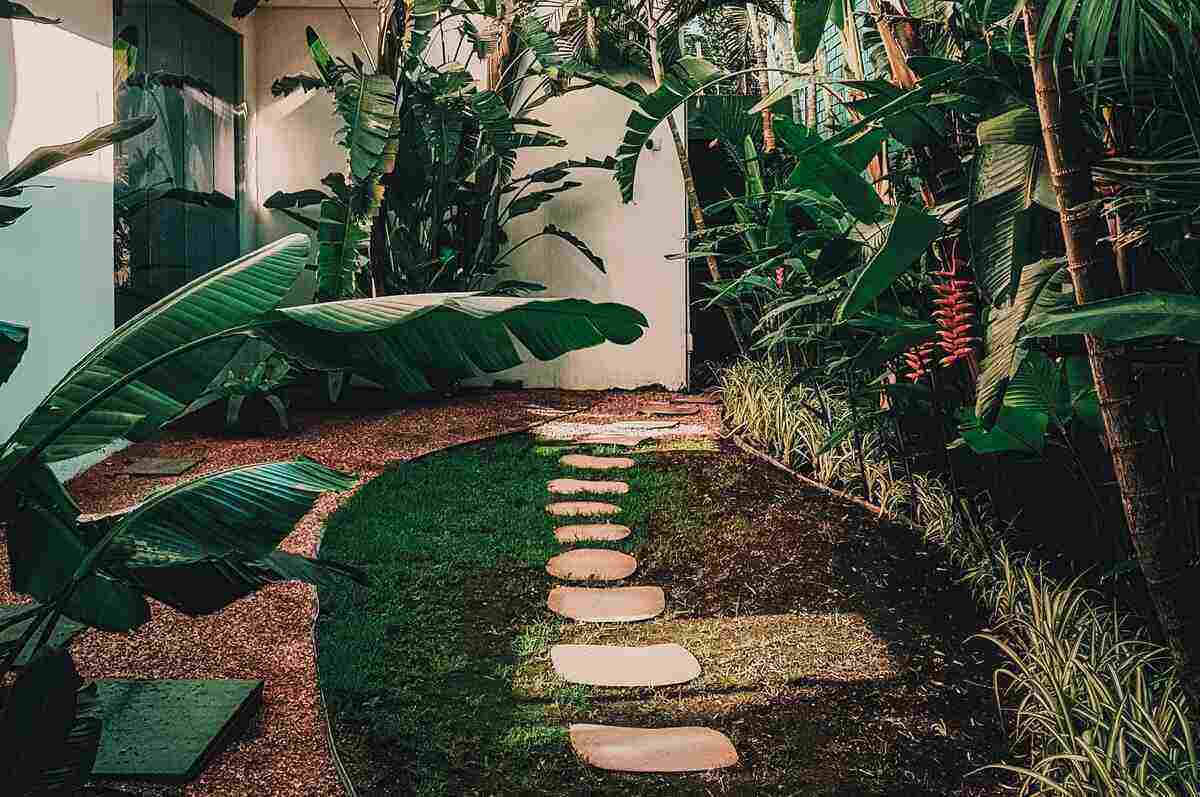
Your wallet greens up your landscape, but does your landscape green up your wallet? These eight landscaping ideas for lower energy bills just might do the trick.
Not only can a carefully designed landscape save you money in the long run, but it can also be kinder to the planet. The more energy your landscape can help you save, the smaller your carbon footprint.
From shade trees to climbing vines, here are eight landscaping ideas that can help increase your energy savings.
1. Reduce Summer Heat with Deciduous Trees
Your air conditioner may protect you from the summer heat, but the rise in your electricity bill will shoot steam through your ears.
If the summer electricity bills burn holes in your wallet, it sounds like your home could use a bit of shade. Planting deciduous trees in an arc around the east, southeast, south, southwest, and west sides of your home will help block the summer sun from cooking up your house.
With more shade covering your home, the less likely you’re to crank up the air conditioner and run the fans, and the fatter your wallet will be, too.
Why use deciduous trees to reduce heat? Evergreen trees will block sunlight in winter, a time when you’ll likely crave solar heat.
On the other hand, deciduous trees welcome the winter sun when they lose their leaves.
The winter sun will help your frosty home feel a few degrees warmer, which means you’ll rely less on the costly heating system.
How much money can shade trees save you?
- According to the U.S. Department of Energy, carefully positioned trees may save up to 25% of a typical household’s energy use.
- According to the Colorado State University Extension, proper use of trees, shrubs, vines, and structures may reduce summer cooling costs by 50% or more.
Pro Tip: Deciduous trees with wide-spreading canopies will cast more shade than trees with cone-shaped canopies.
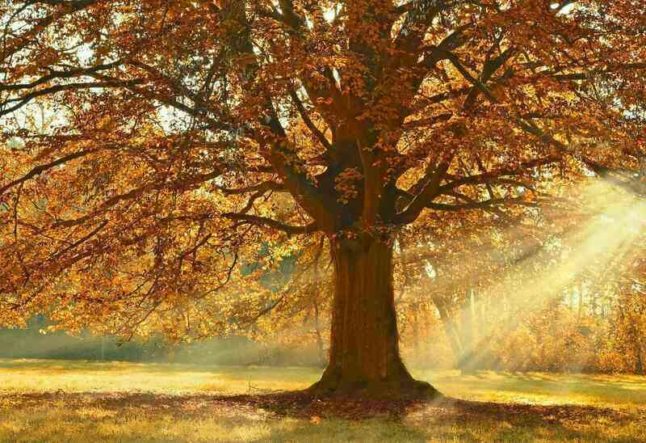
Photo Credit: Peggychoucair / Pixabay
2. Block the Winter Chill with Evergreens
Evergreens aren’t the best trees for summer shade, but they can be excellent buffers against the cold winter winds–– as long as you grow them in the right spot.
Protect your home from winter’s chilly winds by planting evergreens on the north and west sides of the house. Why? Because the coldest winds blow from the north and northwest. Evergreens also won’t be blocking the sunlight if you plant them here.
How much money can evergreen trees save you?
- Carefully placed windbreaks may save up to 25% on your heating costs.
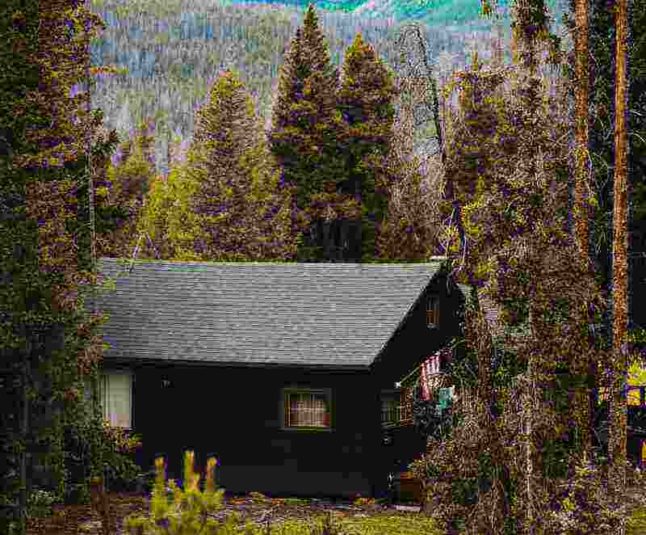
Photo Credit: Piccinng / Pexels
3. Shade the AC Unit with Shrubs and Bushes
The hotter your outdoor air conditioning unit, the more energy it uses to cool itself down. Give your AC unit a rest by planting shrubs and bushes that provide shade. Not only will your AC unit use less energy to cool itself down, but your bills may be lower, too.
Shading your outdoor AC unit can help reduce indoor temperatures by up to 3 degrees Fahrenheit and increase its energy efficiency by 10%.
Remember: Trees and shrubs should not obstruct access to the AC unit or the airflow.
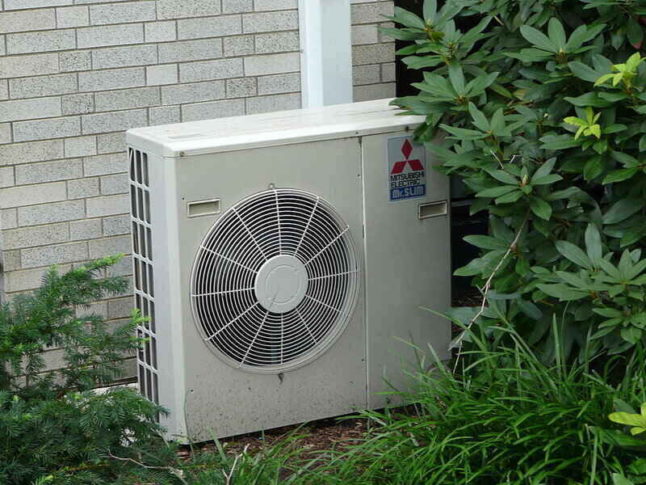
Photo Credit: Piotrus / Wikimedia Common / CC BY-SA 3.0
4. Insulate with Vines
Help your home stay cool in summer and minimize heat loss in winter with insulating climbing vines. Growing vines (such as English ivy) along your home’s exterior walls is a perfect way to maintain balanced indoor temperatures throughout the seasons.
Building a pergola in the backyard? Skip the fan installation and cover the pergola with vines instead. You can gaze upon your green masterpiece while sitting in the shade and enjoying the lower energy costs.
Pro Tip: Some vines can grow directly on masonry. But if you have a wooden wall, it’s best to grow the vine on a trellis. Otherwise, the wood directly underneath the vine may rot or decompose.
How much money can insulating vines save you?
- Carefully placed trees, vines, and shrubs may help cut your summer cooling costs by 50% and reduce winter heating bills by 25%.
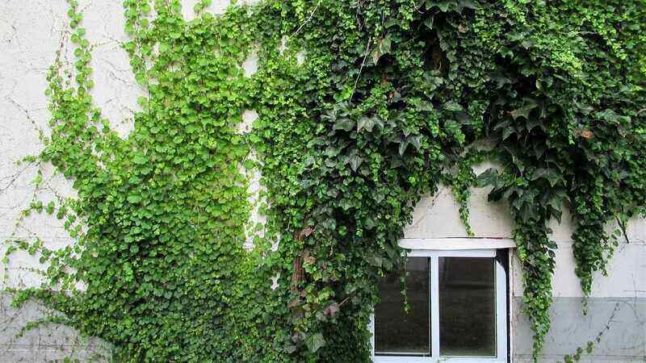
Photo Credit: june88 / Pixabay
5. Install Solar-Powered Outdoor Lighting
Outdoor landscape lighting accentuates your home’s beauty at night, provides safety on your evening walk, and may help reduce crime in your neighborhood.
But outdoor landscape lighting will increase your electricity bills unless you install solar-powered lights. Solar-powered lights convert the energy found in sunlight into electricity, which means you won’t have to connect your lighting system to a power source.
Keep in mind that solar-powered landscape lights will only perform well in sunny areas. If the lights get too much shade during the day, they may not shine bright at night.
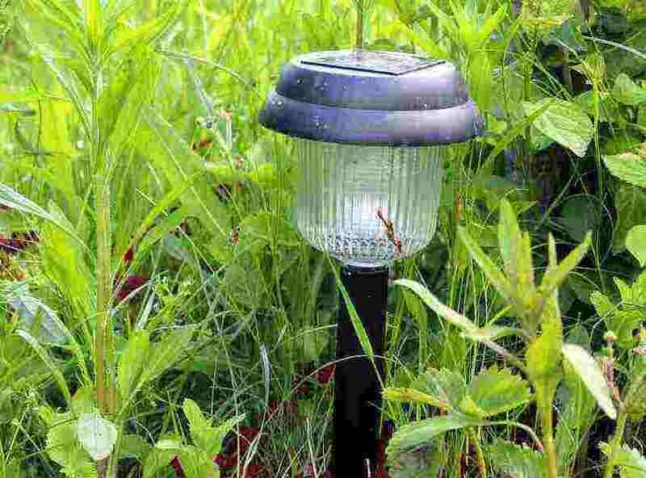
Photo Credit: Devolk / Pixabay
6. Save Water with Mulch
If you rely on an underground water well, your water pump uses electricity to move the water (which is reflected in your electricity bill).
If you rely on your city’s water supply, you likely receive a separate water bill. A water bill usually includes the electricity costs for transporting and cleaning the water, maintenance costs, and operating costs.
The less water you use to maintain your landscape, the more money you’ll save on your electric and water bills. Spreading mulch in your planting beds is an easy way to help save water. Mulch helps retain moisture in the soil, which means your planting beds won’t dry out as quickly.
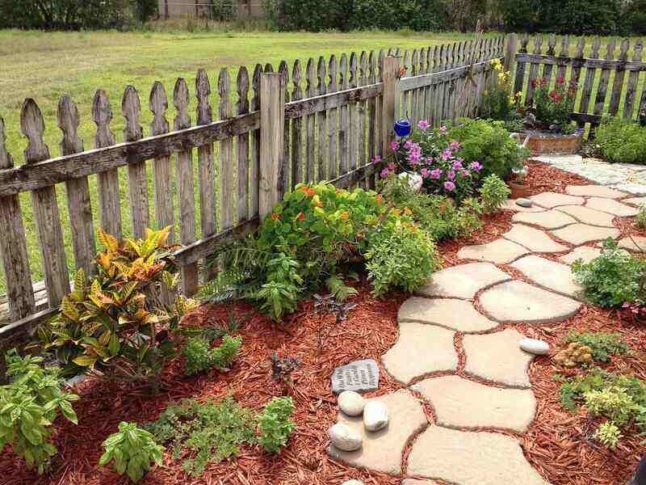
Photo Credit: Cldratler / Pixabay
7. Save Water with a Xeriscape
A xeriscape is a landscape design that requires little to no supplemental irrigation to thrive. A well-designed xeriscape can survive off the local rainfall levels.
After transforming a grassy, high-maintenance lawn into a low-maintenance xeriscape, your water usage (and bills) may lower considerably.
Here’s what you might find in a xeriscape design:
- Hardscapes, such as patios and walkways
- Drought-resistant and drought-tolerant plants, such as succulents and cacti
- Sand and gravel
- Organic and inorganic mulches
- Native plants (which typically require less water than non-native plants)
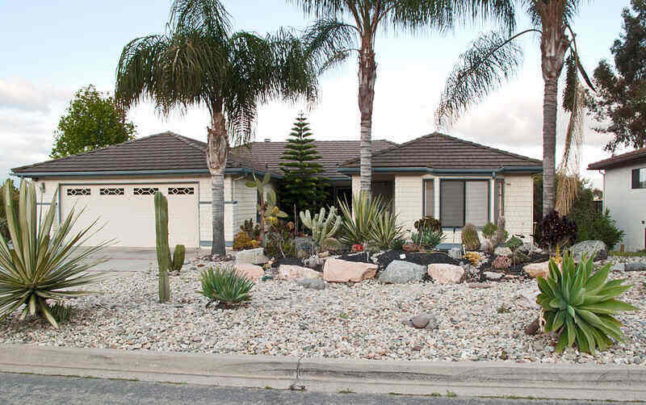
Photo Credit: Downtowngal / Wikipedia Commons / CC BY-SA 3.0
8. Save Water with Drip Irrigation
When watering your flowers, shrubs, and vegetables, you’ll want to put every drop of water to good use. Otherwise, you’ll watch your money spill down the drain.
An easy way to lower your electricity and water bills is by installing a drip irrigation system in your planting beds (or even your lawn, if you can afford the renovation).
A drip irrigation system is a network of plastic pipes that slowly and accurately drip water directly to the root zone. A drip irrigation system is often buried underneath soil or mulch, but it can also run above the ground’s surface.
Sprinklers and garden hoses often lose water through evaporation, erosion, and scattered spray. Sprinklers are only 65 to 75% efficient at delivering water directly to the plants, whereas drip irrigation is 90% efficient.
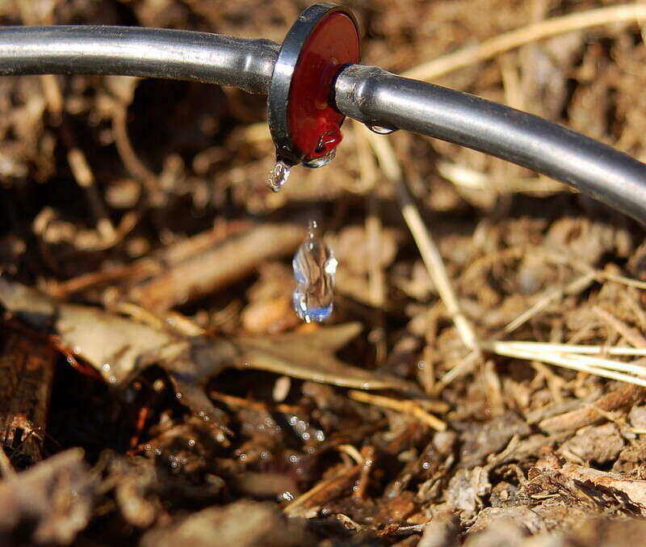
Photo Credit: Joby Elliott / Flickr / CC BY 2.0
Save Time and Energy When You Hire a Pro
Thoughtfully placed trees, vines, and shrubs may lower your summer cooling costs by 50% and reduce your winter heating costs by 25%. If your energy-efficient landscape can save a bit of cash in your wallet, why not win back the time and energy it takes to maintain it, too?
From raking the leaves to trimming bushes to installing a garden, hire a local landscaping pro who will take the maintenance off your hands and boost your landscape’s curb appeal.
Main Photo Credit: Jonas Ferlin / Pexels